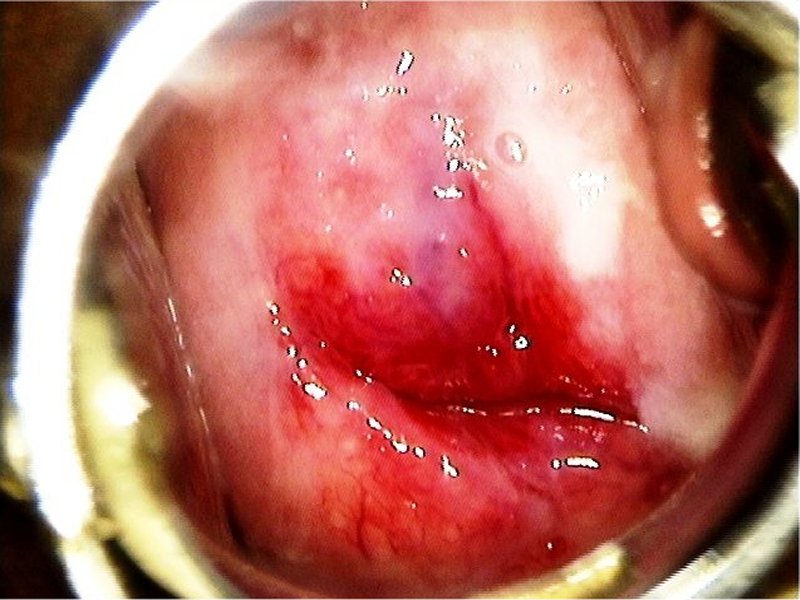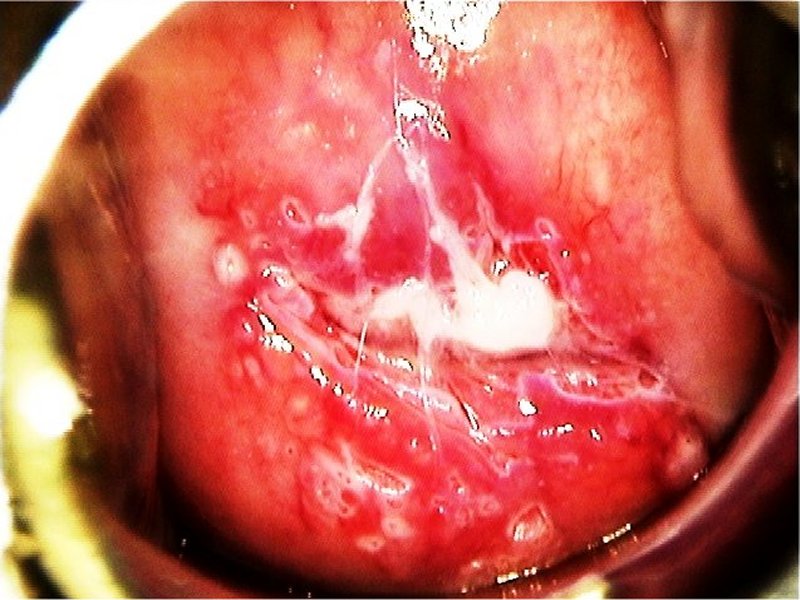Atlas of Colposcopy: Principles and Practice / Activity 6
Case |
Squamous metaplasia & ectropion / Metaplasia
Go back to the list
| After normal saline |
| After acetic acid |
| After acetic acid |
 General assessment General assessment | |||||||||||||||||
 Normal colposcopic findings Normal colposcopic findings | |||||||||||||||||
 Abnormal colposcopic findings Abnormal colposcopic findings | |||||||||||||||||
 General principles General principles | |||||||||||||||||
 Position and size Position and size | |||||||||||||||||
 Grade 1 (minor) Grade 1 (minor)
|  Grade 2 (major) Grade 2 (major)
|  Non-specific Non-specific
|  Suspicious for invasion Suspicious for invasion
|  Miscellaneous finding Miscellaneous finding
| |
Swede score:
| Nil or transparent | Thin, milky | Distinct, stearin | |
| Nil or diffuse | Sharp but irregular, jagged, satellites | Sharp and even, difference in level | |
| Fine, regular | Absent | Coarse or atypical vessels | |
| < 5 mm | 5-15 mm or 2 quadrants | >15 mm, 3-4 quadrants, or endocervically undefined | |
| Brown | Faintly or patchy yellow | Distinctly yellow |
Case Summary
| Provisional diagnosis: | Type 1 transformation zone; normal. |
| Management: | Routine screening after 5 years. |
| Histopathology: | Not done. |
| Comment: | The location of the crypt opening farthest away from the squamocolumnar junction helps to identify the extent of the transformation zone. Transformation zone can be very large, as in the present case. |


